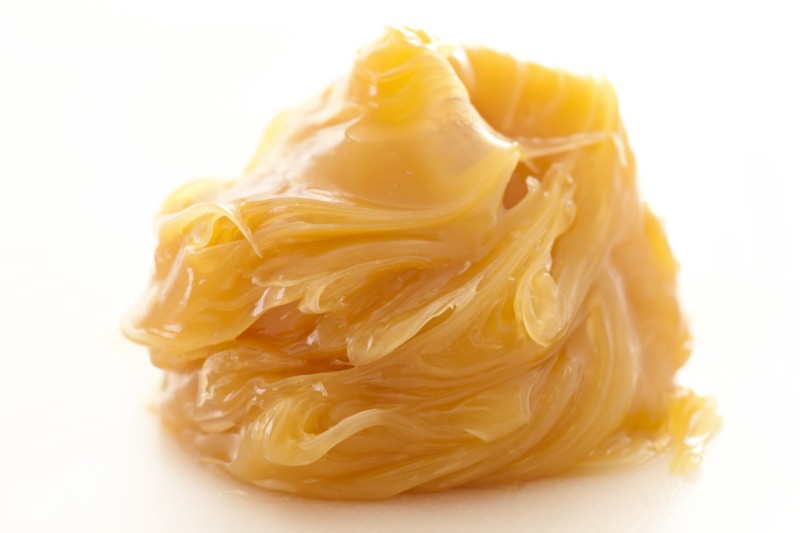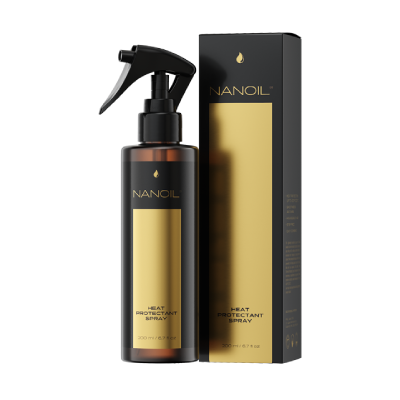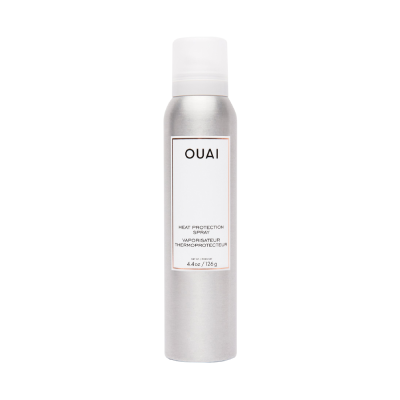Lanolin is a wax (wool wax or wool grease) secreted by sheep and other wool-bearing animals. Their sebaceous glands secrete a layer of natural fat (lanolin), which aims to protect them from adverse weather conditions. Lanolin is used in cosmetics, pharmaceuticals and other areas of life. Find out what properties and cosmetic application lanolin has and learn recipes for homemade lanolin-based cosmetics.
 Lanolin – cosmetic properties
Lanolin – cosmetic properties
Lanolin moisturizes the skin and prevents excessive water loss. Moreover, it has the ability to bind to many substances that are soluble in water, allowing deep penetration of nutrients and vitamins into the skin. Since lanolin binds water it means that it is an emulsifier. As a result, water is combined with oil and creates a very stable emulsion commonly used in the production of cosmetics. Lanolin is also a stabilizer that prevents cosmetics from layering.
In terms of composition, lanolin resembles the hydro-lipid layer of the human epidermis, which protects the skin against the harmful effects of external factors. In addition, it prevents keratinization or excessive growth of the epidermis.
What’s more, lanolin provides the skin with softness and elasticity, that’s why it softens the skin surrounding the nail plate effectively. Furthermore, it prevents hair from breakage and split ends. Also, it facilitates combing.
Additionally, lanolin has lubricating properties, which is why it has been used in the production of cosmetics for dry skin care. Moreover, it accelerates wound healing and relieves inflammation.
Lanolin – cosmetic use
Lanolin can be found in many cosmetics, for example in body lotions, lipsticks and lip glosses, moisturizing creams, deodorants and soaps. Because it has softening and soothing properties, it has been used in products designed to alleviate the symptoms of atopic dermatitis and psoriasis.
Recipes for homemade lanolin cosmetics: mask for dry hands
Ingredients:
- 1 tablespoon of lanolin,
- half a teaspoon of almond oil,
- half a yolk.
Directions:
Mix all the ingredients together, apply the mask to your hands, wrap them in foil and a towel. Wait 30 minutes and wash the mask down. You may as well put on gloves and leave the mask overnight.
The mask should be used not only when noticing dehydrated skin of the hands but also as a prophylaxis, especially in the winter, preferably twice a week.













Leave a Reply